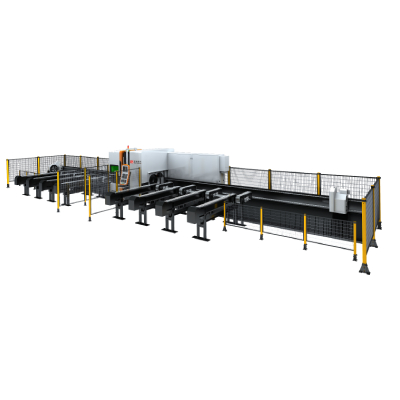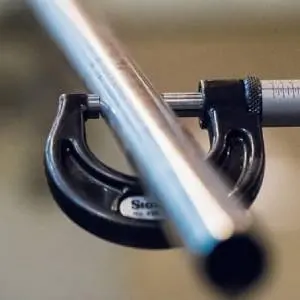Metal cutting is a crucial process in various industries, including manufacturing, construction, and automotive. Whether you are fabricating metal parts or conducting repairs, knowing the right techniques, tools, and safety precautions for metal cutting is essential. In this guide, we will explore everything you need to know about metal cutting.
Techniques: There are several techniques commonly used for metal cutting, each with its advantages and limitations. The most common methods include:
1. Abrasive cutting: Abrasive cutting involves using abrasive discs or wheels to grind away metal material. This method is suitable for cutting hard metals like steel and titanium. However, it can be time-consuming and produce a rough surface finish.
2. Plasma cutting: Plasma cutting uses a high-velocity jet of ionized gas to melt and remove metal material. This method is fast and suitable for cutting a wide range of metals, including aluminum and copper. However, it requires specialized equipment and can generate heat-affected zones on the edges of the cut.
3. Laser cutting: Laser cutting uses a high-powered laser beam to melt and vaporize metal material. This method is precise, fast, and produces clean, burr-free cuts. Laser cutting is suitable for cutting intricate shapes and thin metals, but it can be expensive and may require additional safety precautions.

The Essential Guide to Metal Cutting: Techniques, Tools, and Safety Precautions
Tools: Choosing the right cutting tools is crucial for achieving accurate and efficient metal cuts. Some commonly used tools for metal cutting include:
1. Cutting torch: A cutting torch uses a mixture of oxygen and a fuel gas, such as acetylene, to create a high-temperature flame for cutting metal. Cutting torches are versatile and suitable for cutting thick metals, but they can be challenging to use and require proper ventilation.
2. Bandsaw: A bandsaw uses a continuous metal blade with teeth to cut through metal material. Bandsaws are versatile and suitable for cutting various shapes and sizes of metal, but they can be slow and produce some kerf width.
3. Angle grinder: An angle grinder is a handheld power tool with a rotating abrasive disc for cutting and grinding metal. Angle grinders are versatile, portable, and suitable for cutting small metal pieces, but they can produce a rough surface finish and require proper safety precautions.
Safety precautions: Metal cutting can be hazardous due to flying metal chips, high temperatures, and potential fire hazards. To ensure safety during metal cutting, consider the following precautions:

The Essential Guide to Metal Cutting: Techniques, Tools, and Safety Precautions
1. Personal protective equipment: Wear appropriate PPE, such as safety goggles, gloves, and face shields, to protect yourself from metal chips, sparks, and flying debris.
2. Ventilation: Ensure adequate ventilation in the cutting area to remove fumes and gases generated during metal cutting. Avoid cutting metals coated with lead, cadmium, or other toxic substances without proper ventilation.

The Essential Guide to Metal Cutting: Techniques, Tools, and Safety Precautions
3. Fire prevention: Keep a fire extinguisher nearby and remove flammable materials from the cutting area to prevent fires. Do not cut near open flames or combustible materials.
By understanding the techniques, tools, and safety precautions for metal cutting, you can achieve accurate and efficient metal cuts while minimizing the risk of accidents and injuries. Whether you are a professional metalworker or DIY enthusiast, following these guidelines will help you master the art of metal cutting. Metal Fiber Laser Cutter
